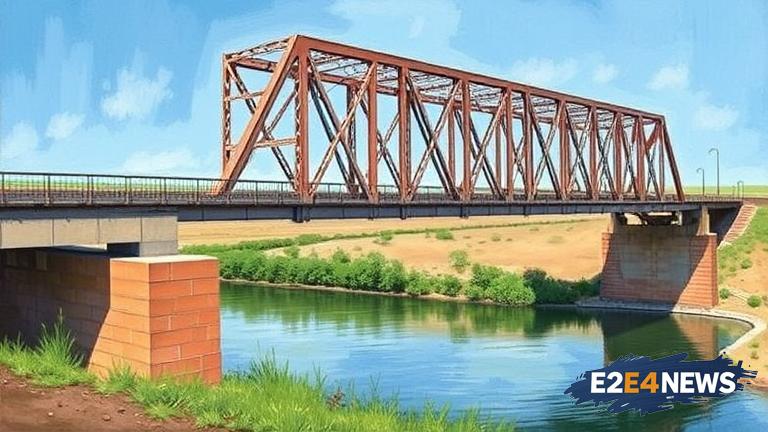Oklahoma has made tremendous strides in repairing its bridges, resulting in a remarkable leap from near the bottom to the top 5 in the country. The state’s efforts to address its aging infrastructure have paid off, with a significant reduction in the number of structurally deficient bridges. According to recent data, Oklahoma has improved its ranking by a substantial margin, demonstrating the effectiveness of its bridge repair initiatives. The state’s Department of Transportation has been working tirelessly to identify and address the most critical bridge repairs, prioritizing those that pose the greatest risk to public safety. This proactive approach has not only enhanced the safety of Oklahoma’s bridges but also contributed to the state’s economic growth. By investing in its infrastructure, Oklahoma has created jobs, stimulated local economies, and improved the overall quality of life for its residents. The state’s bridge repair program has been recognized nationally, serving as a model for other states to follow. Oklahoma’s success can be attributed to its comprehensive approach, which includes regular inspections, maintenance, and repairs. The state has also implemented innovative solutions, such as the use of advanced materials and technologies, to extend the lifespan of its bridges. Furthermore, Oklahoma has established partnerships with local governments, contractors, and other stakeholders to ensure the efficient and effective delivery of bridge repair projects. The state’s commitment to transparency and accountability has also been instrumental in its success, with regular progress updates and performance metrics made available to the public. As a result of these efforts, Oklahoma has seen a significant decrease in the number of bridges classified as structurally deficient, from over 1,100 to fewer than 100. This achievement is a testament to the state’s dedication to improving its infrastructure and ensuring the safety of its citizens. The impact of Oklahoma’s bridge repair initiatives extends beyond the state’s borders, as it has become a leader in the national conversation on infrastructure development. Other states are taking notice of Oklahoma’s success and seeking to replicate its model. The state’s experience has also informed federal policy, with lawmakers citing Oklahoma’s bridge repair program as an example of effective infrastructure investment. In addition to its economic and safety benefits, Oklahoma’s bridge repair program has also had a positive impact on the state’s environment. By reducing the number of structurally deficient bridges, Oklahoma has decreased the risk of accidents and environmental disasters. The state’s commitment to sustainability has also led to the incorporation of green technologies and materials in its bridge repair projects. As Oklahoma continues to invest in its infrastructure, it is likely that the state will remain a national leader in bridge repair and maintenance. The state’s success serves as a reminder of the importance of proactive infrastructure management and the benefits of investing in the safety and well-being of citizens. With its strong track record and continued commitment to improvement, Oklahoma is poised to remain at the forefront of national infrastructure development. The state’s bridge repair program has demonstrated that with effective planning, collaboration, and investment, it is possible to achieve significant improvements in infrastructure quality and safety. Oklahoma’s story serves as a model for other states and a testament to the power of strategic infrastructure investment.





